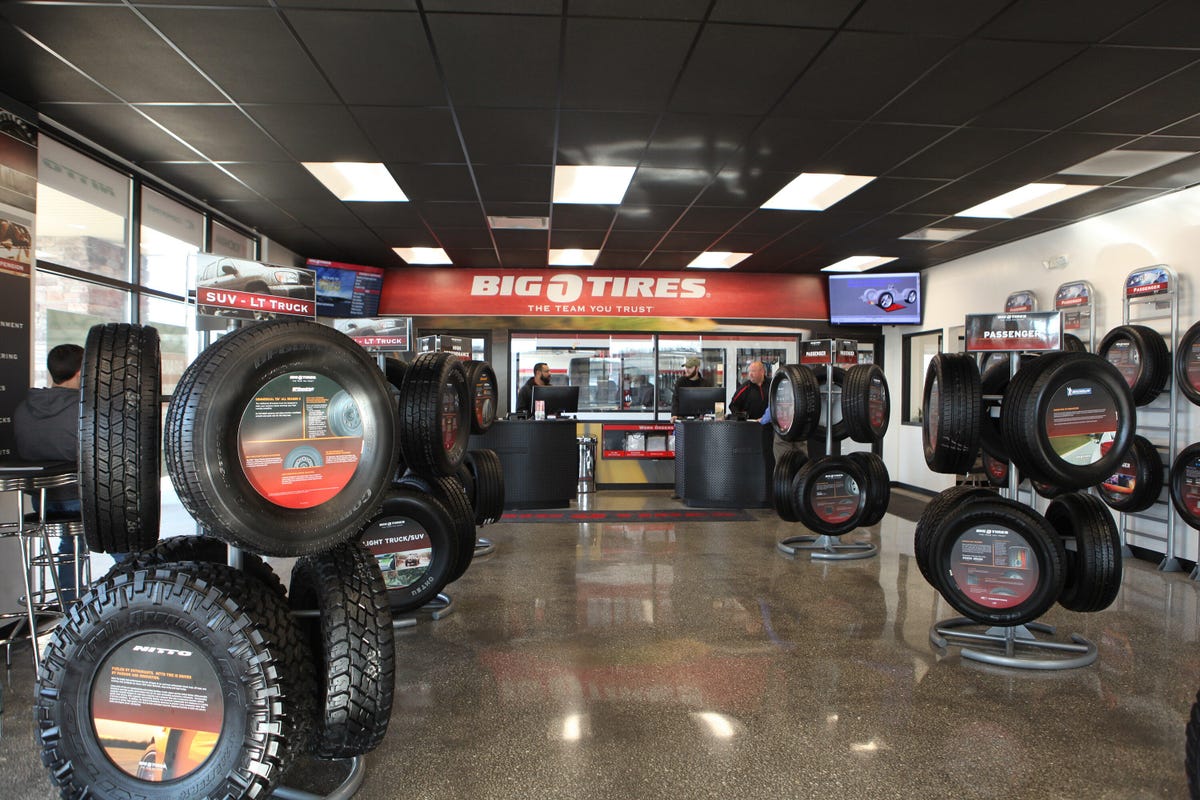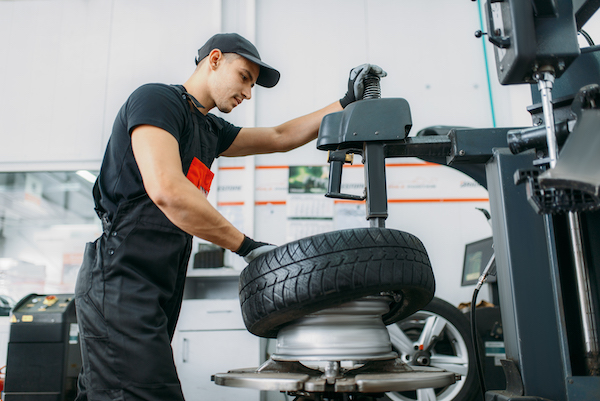Tire Service: Comprehending Tire Stress Monitoring Systems
Comprehending Tire Pressure Surveillance Systems (TPMS) is a crucial aspect of maintaining ideal lorry performance and safety on the roadway. With innovations in auto innovation, TPMS has become a typical function in modern-day cars, supplying real-time information on tire stress degrees.

Significance of TPMS
The relevance of Tire Stress Surveillance Equipments (TPMS) depends on their capacity to improve lorry safety and efficiency with real-time surveillance of tire pressure degrees. Preserving the right tire stress is essential for making sure optimal handling, braking, and total safety of a vehicle. TPMS gives drivers with immediate responses on any kind of underinflated or overinflated tires, permitting prompt modifications to be made.
Parts of TPMS
Comprising different necessary components, a Tire Stress Surveillance System (TPMS) works as a sophisticated safety feature in modern-day automobiles. The main components of a TPMS include sensing units, a control module, and a caution indication. Sensing units are usually situated in the tire shutoff stem or connected to the wheel assembly, where they determine tire pressure and send data to the control module. The control module procedures this details and sets off a warning if it identifies considerably low pressure in any one of the tires. The caution sign, commonly an icon on the control panel, informs the vehicle driver to examine the afflicted tire or tires. Some progressed TPMS versions also display the actual tire pressure readings for every tire, offering chauffeurs with real-time info to guarantee optimum tire efficiency and security. By checking tire stress continuously, TPMS aids stop accidents, reduces tire wear, and boosts fuel efficiency, making it an important element for vehicle security and efficiency.
Kinds Of TPMS

On the other hand, indirect TPMS relies upon the car's wheel rate sensing units to keep an eye on tire stress. This system finds underinflation by contrasting the rotational speeds of the wheels. Indirect TPMS is much less pricey than direct TPMS, as it utilizes existing sensors within the lorry.
While direct TPMS supplies a lot more precise readings, indirect TPMS is simpler in layout and commonly calls for less upkeep. Both systems have their restrictions and benefits, and the selection between them often depends upon variables such as expense, lorry make, and individual choice. Understanding the distinctions between these 2 kinds of TPMS can help car owners make notified decisions regarding tire upkeep and safety and security.
TPMS Upkeep Tips
Conduct regular checks on the tire pressure levels and compare them with the TPMS readings to guarantee they are regular. Throughout tire turning or replacement, make sure that the TPMS components are managed thoroughly to prevent any kind of prospective damage. If the TPMS cautioning light brightens view it on the dashboard, resolve the issue promptly by inspecting the tire stress and the overall system for any kind of faults.
Advantages of Proper Tire Stress
Keeping correct tire pressure, as emphasized in TPMS Maintenance Tips, is essential for enjoying the numerous benefits connected with optimal tire pressure levels. In addition, appropriate tire stress ensures even tire wear, prolonging the lifespan of the tires and advertising safer driving conditions. In verdict, the benefits of appropriate tire pressure go beyond click just tire longevity; they include enhanced gas performance, enhanced security, much better lorry performance, and overall driving convenience.
Conclusion
To conclude, recognizing tire pressure monitoring systems (TPMS) is critical for preserving optimal tire stress and guaranteeing car safety and security. By recognizing the value of TPMS, being acquainted with its elements, recognizing the various types readily available, adhering to correct upkeep pointers, and recognizing the benefits of preserving appropriate tire pressure, chauffeurs can enhance their driving experience and prolong the lifespan of their tires. Correct tire pressure is key to effective and secure vehicle procedure.
